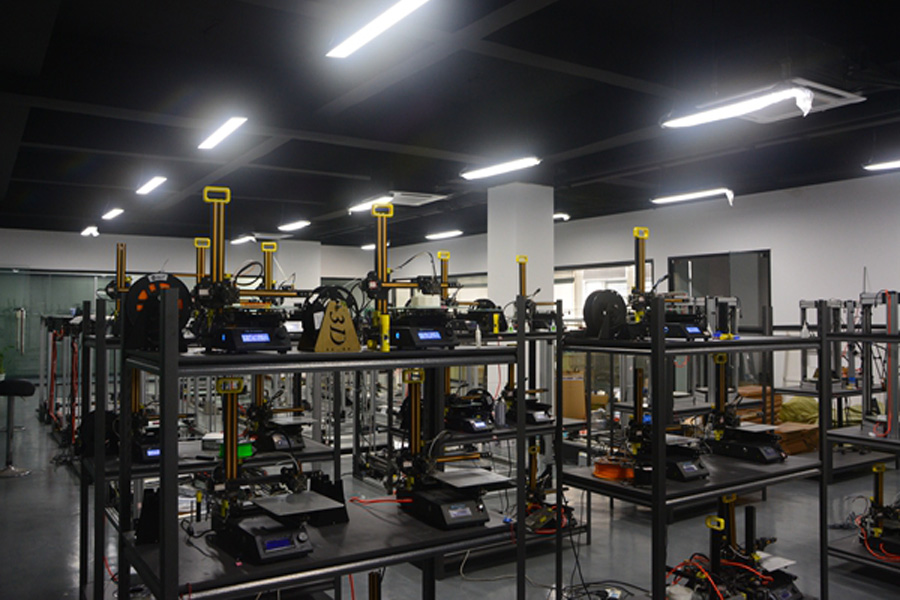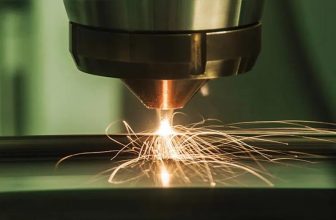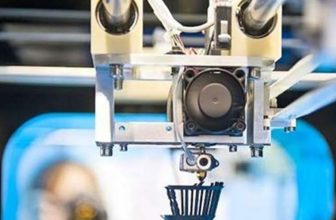
Today, when the digital tide is sweeping, 3D printing, as an emerging manufacturing technology with data as the core, has been applied to all walks of life. Nowadays, industrial 3D printers and desktop 3D printers are more commonly heard in 3D printers. So what is the difference between an industrial-grade 3D printer and a desktop-grade 3D printer? Let’s talk about it.
- The scope of application is different
The application field of industrial-grade 3D printers is relatively extensive, and it has its presence in many fields such as aerospace, automotive, medical, electronic products and so on.
Desktop-level 3D printers are generally used to print smaller items. In the past, they were mostly used in industrial design, education, animation, archaeology, lighting and other fields. Nowadays, many desktop-level 3D printers have also expanded to the dental medical industry and are used in the dental digital production process. As a part of the digital medical model, it assists in printing the required products.
- The volume of mass production is different
Desktop-level 3D printers tend to be more personalized and highly customized. Like desktop-level 3D printers, they are mainly used for small-batch production by the chair. Most industrial-grade 3D printers are used in industrial mass production.
- Production capacity and cost
The main difference between desktop and industrial 3D printers is the associated costs. The increasing popularity of desktop 3D printers has greatly reduced the cost of owning and running FDM machines, as well as the cost and availability of consumables. The production capacity of industrial-grade 3D printers is usually greater than that of desktop-grade 3D printers. Industrial 3D printers have a larger printing platform, which means they can print larger parts at a time or print more models at the same time.
The above are the main differences between industrial printers and 3D printers. If you have any other questions, please leave a message.





